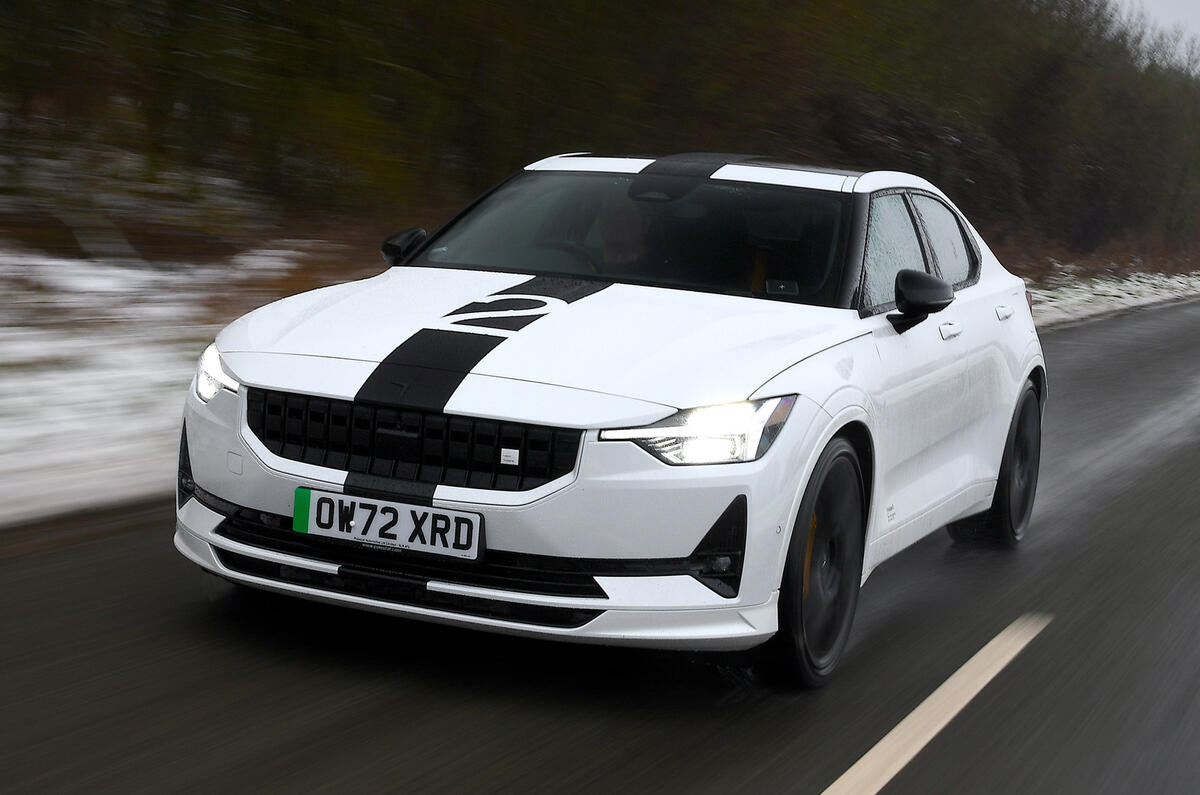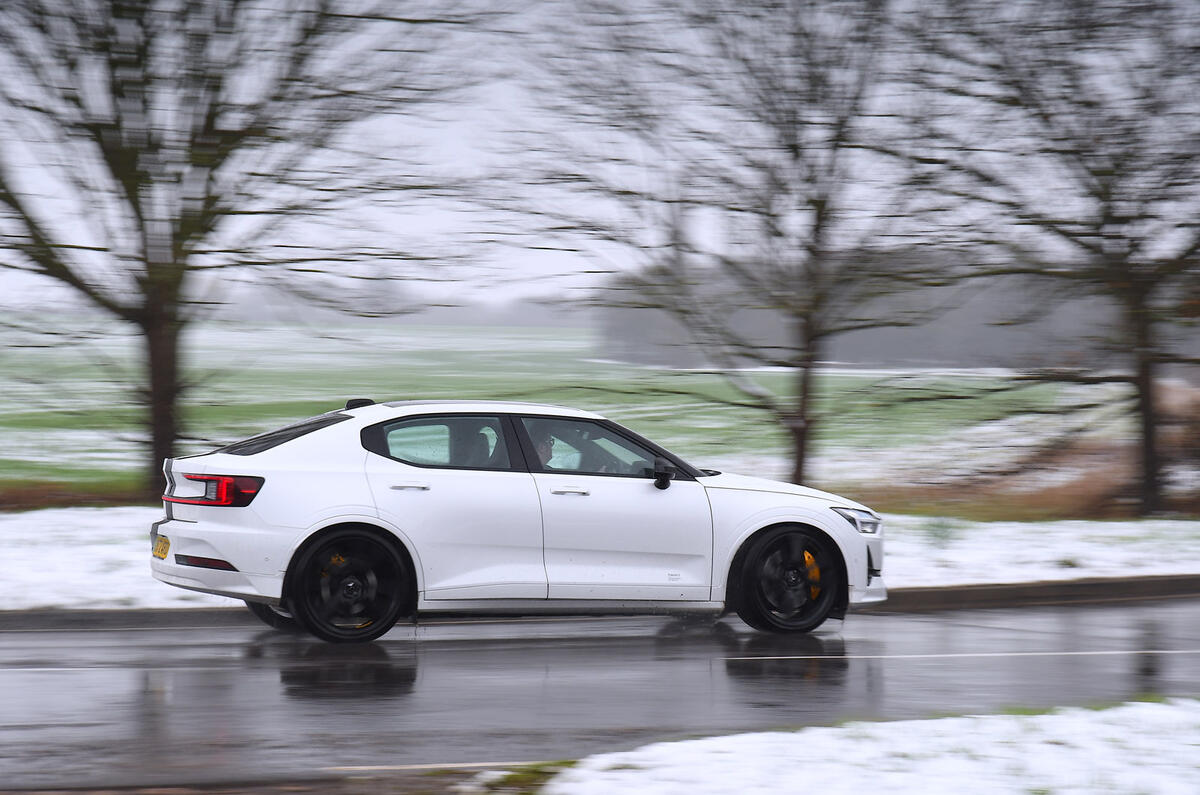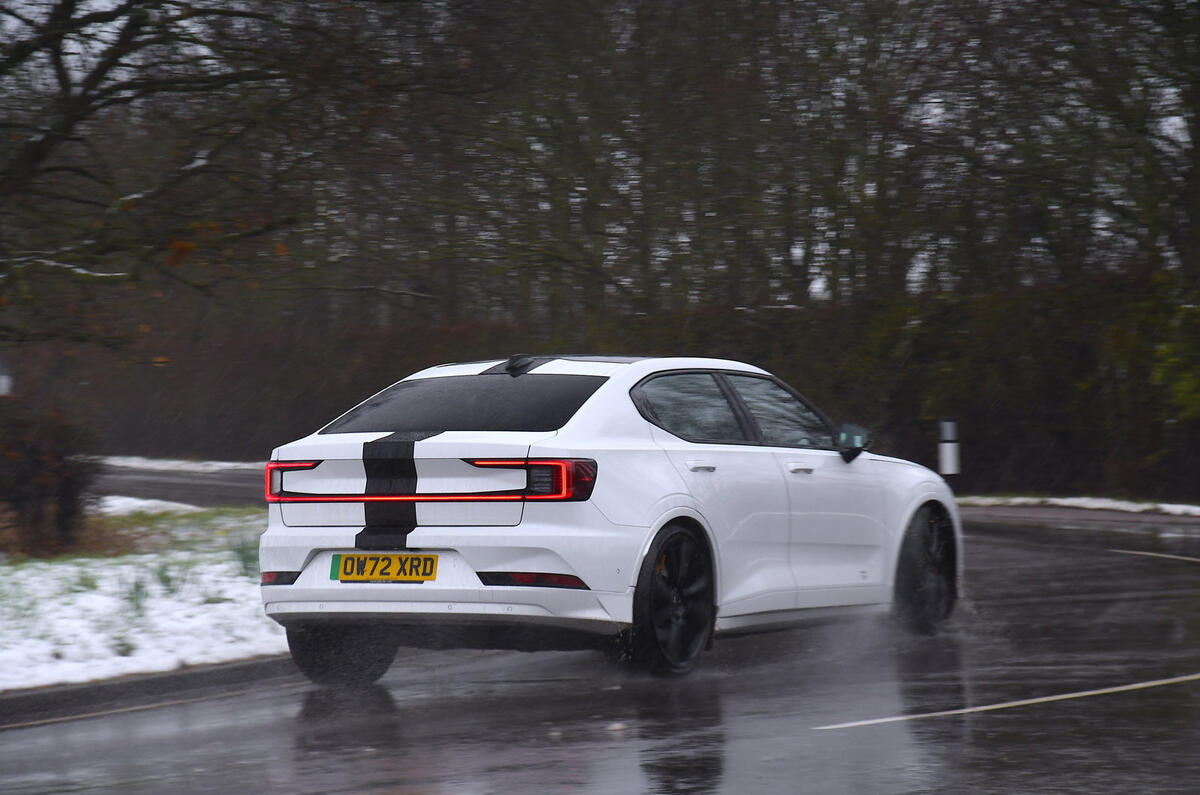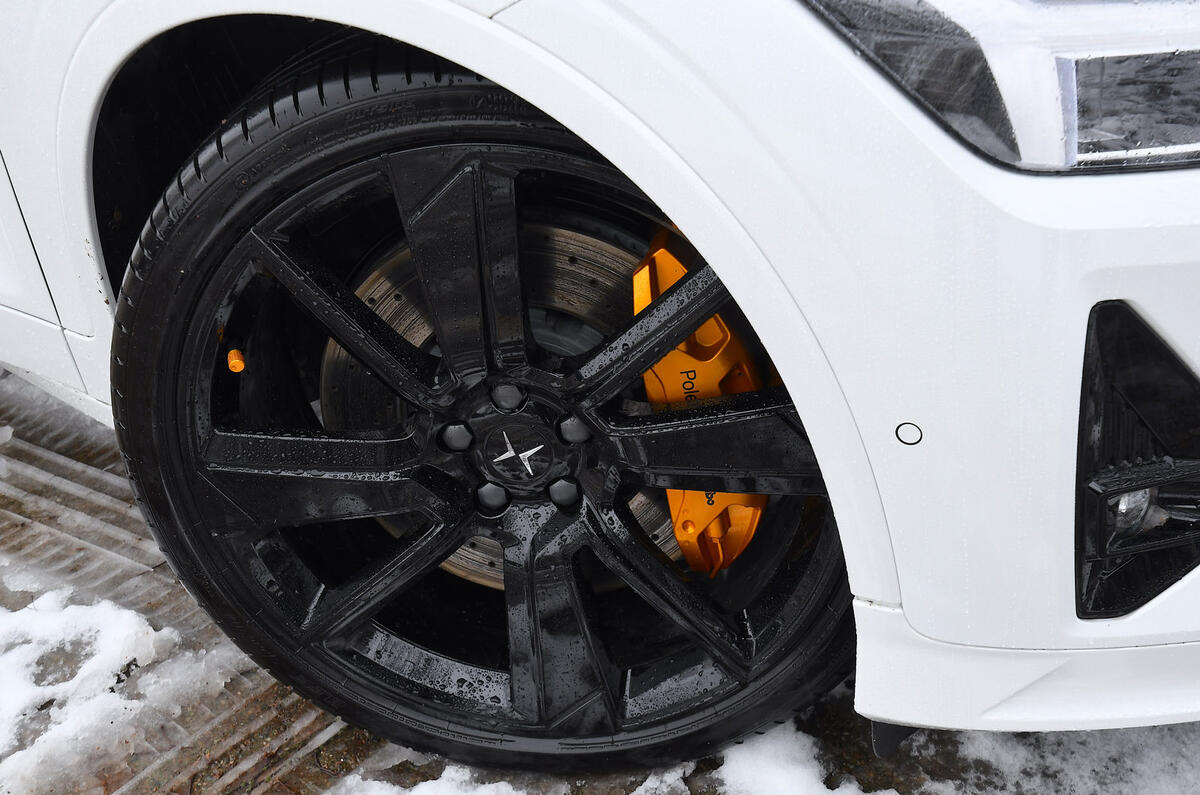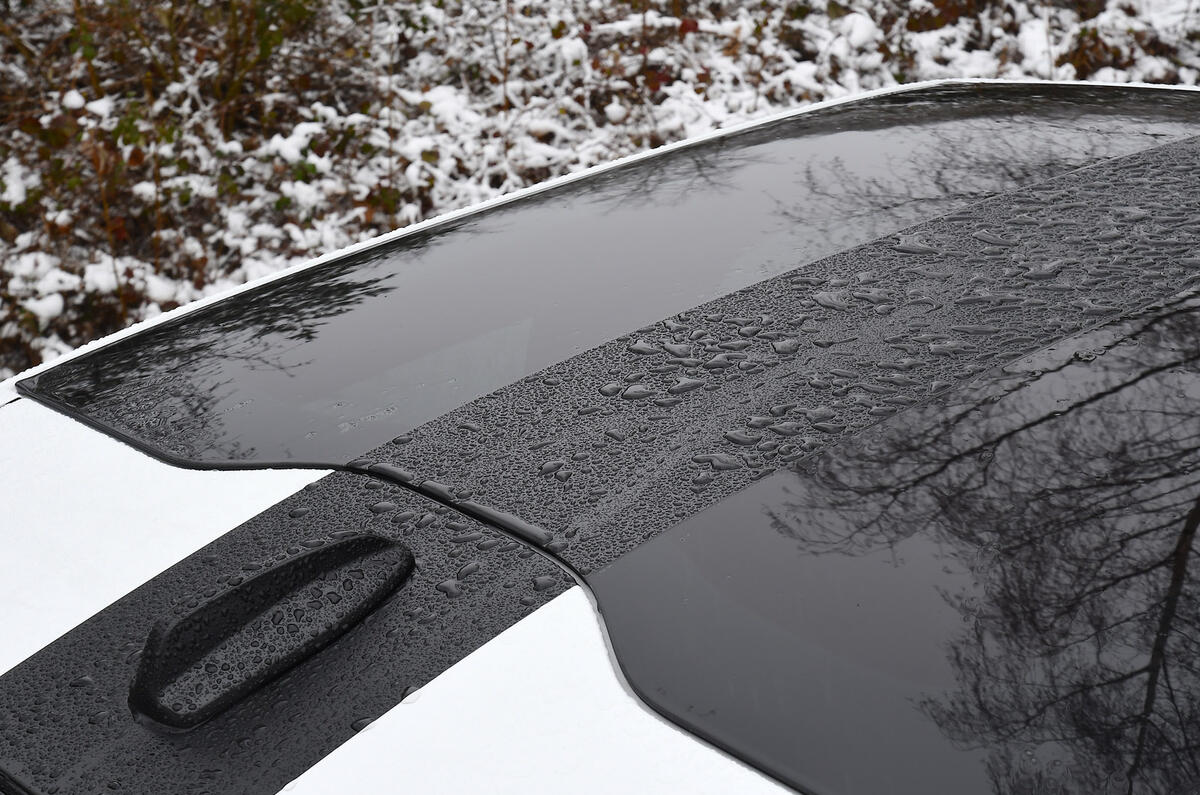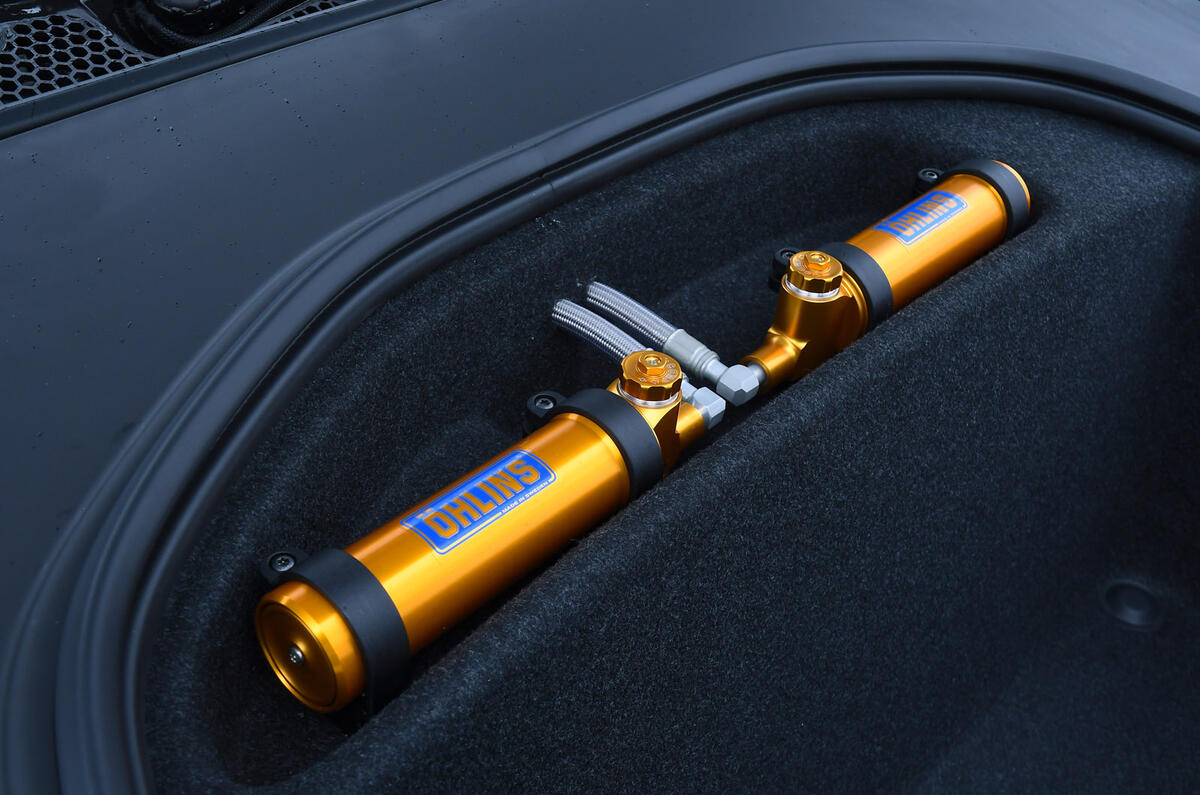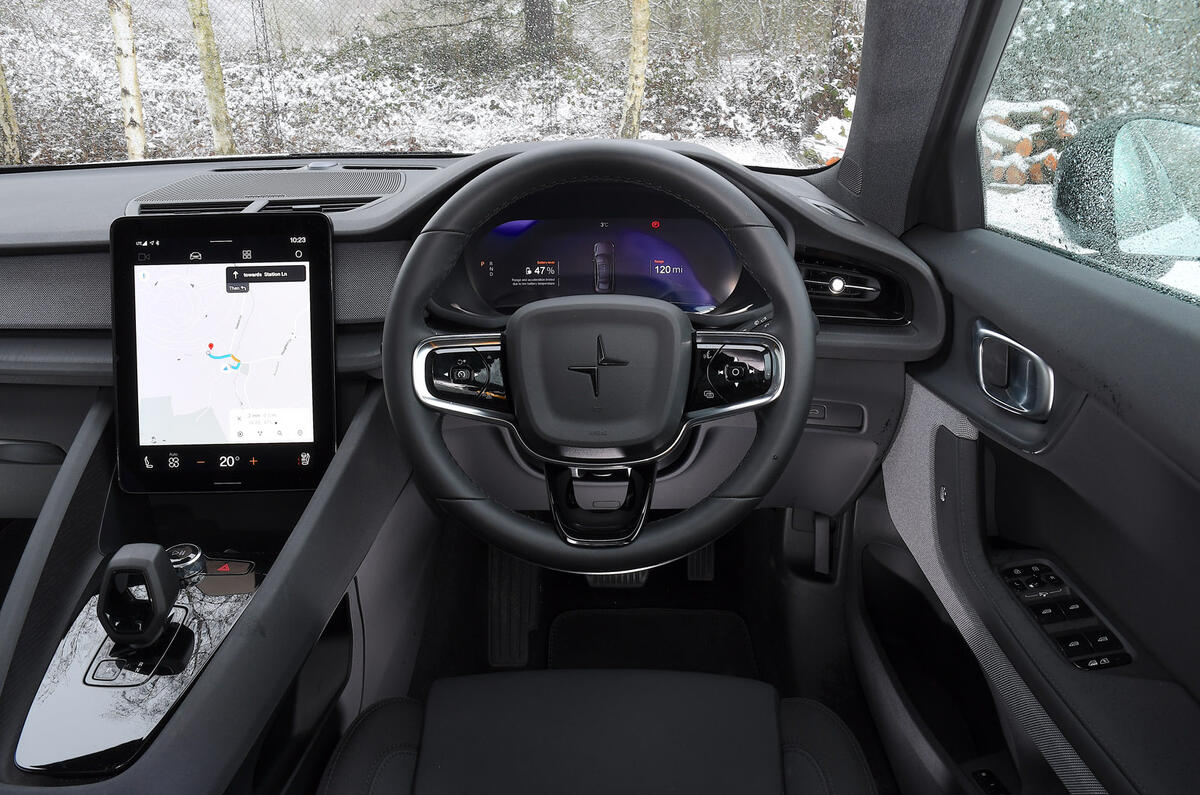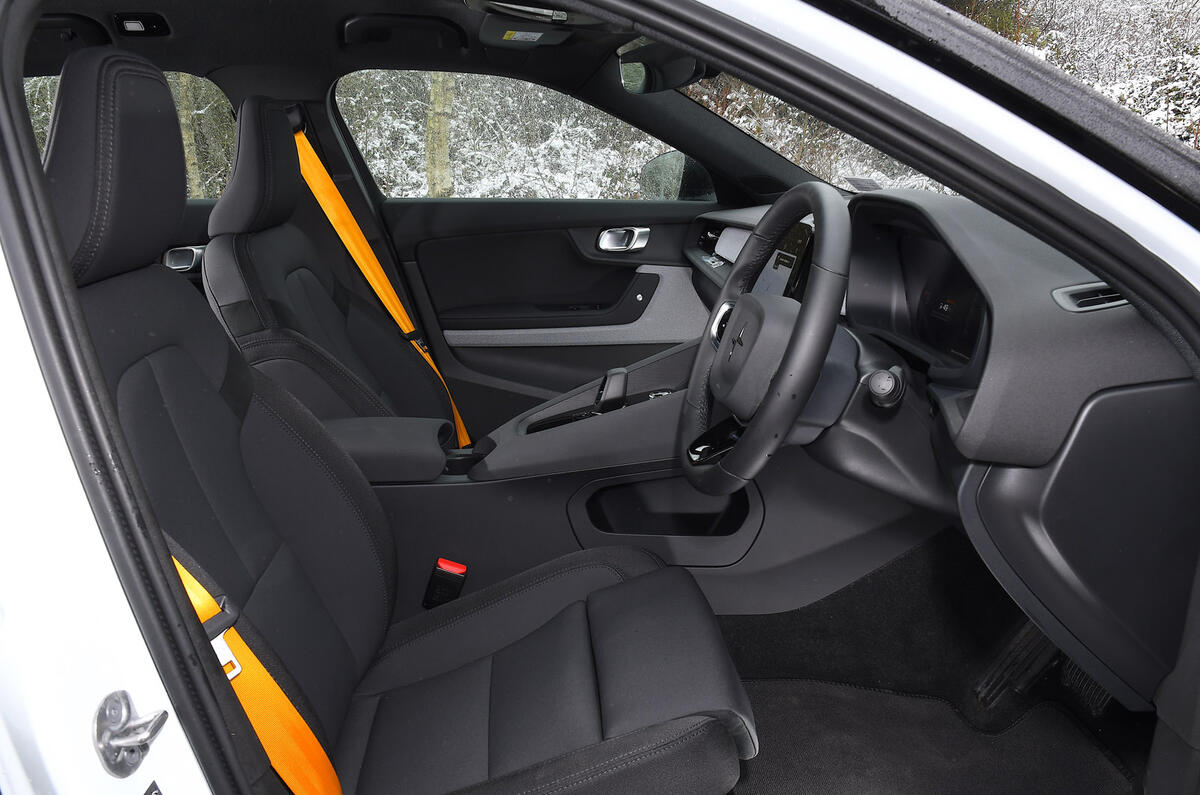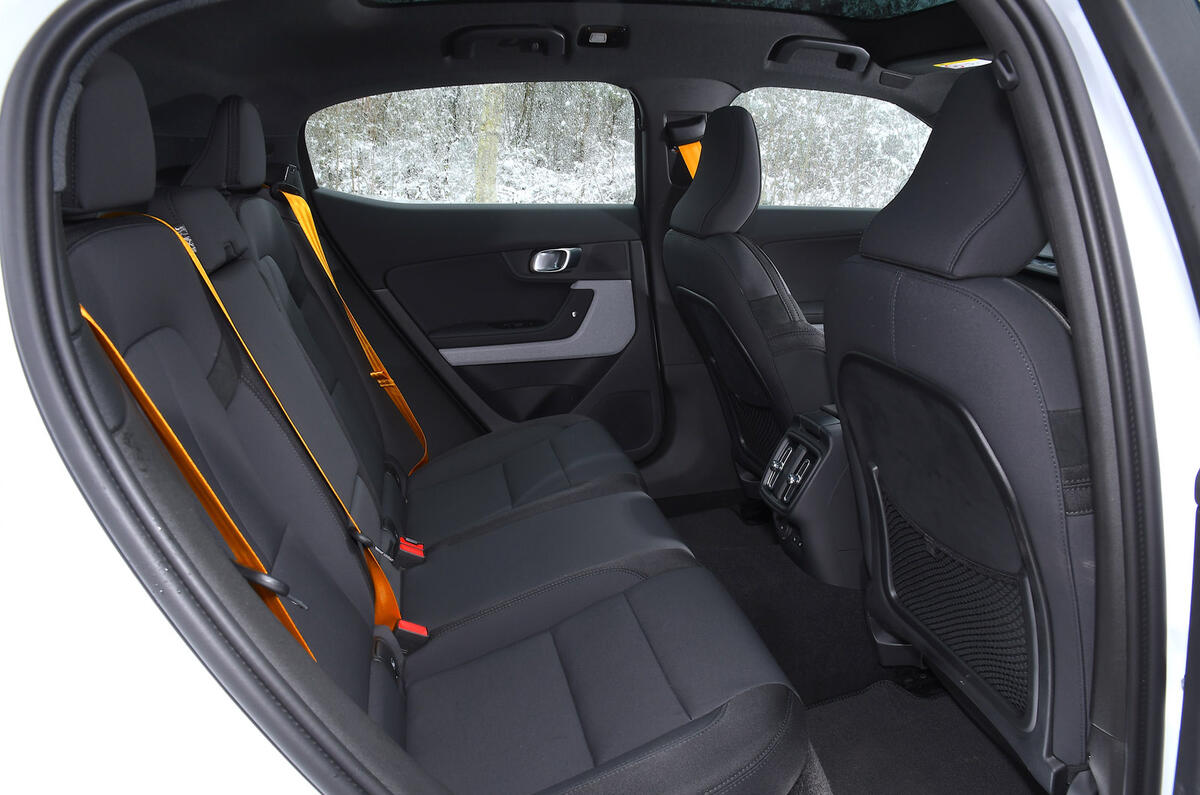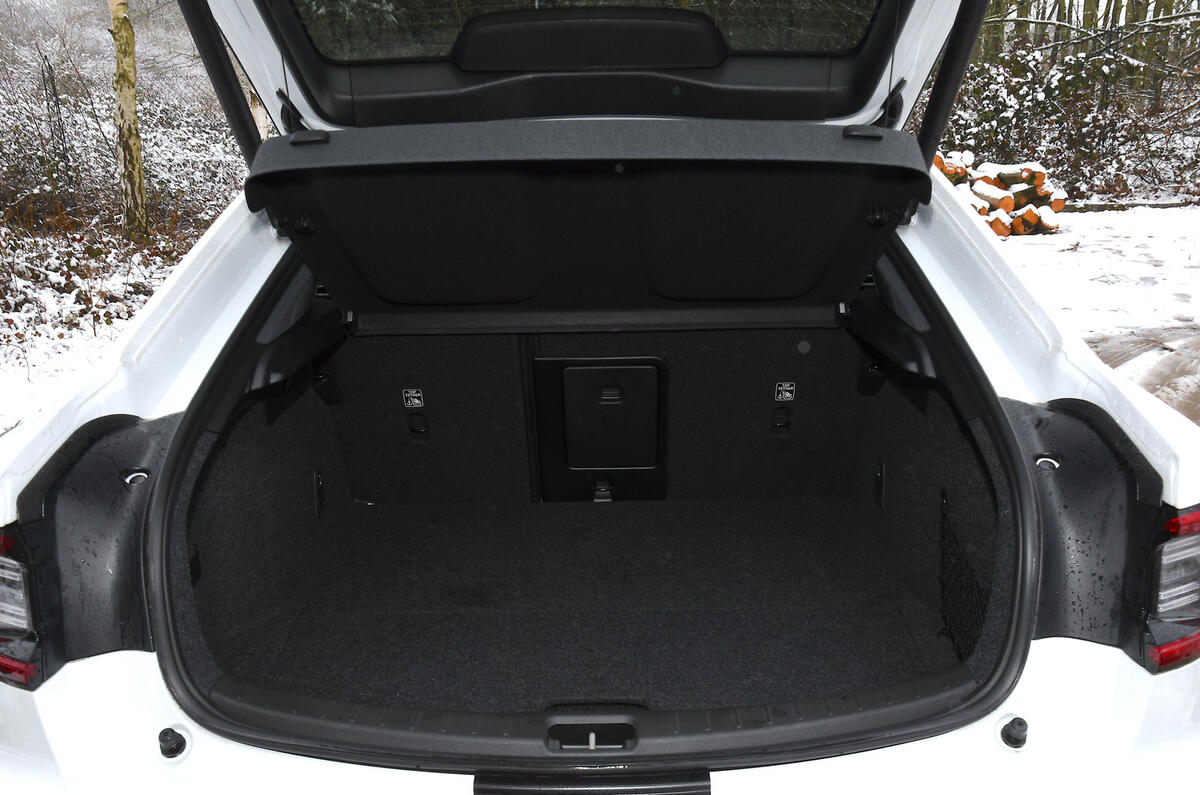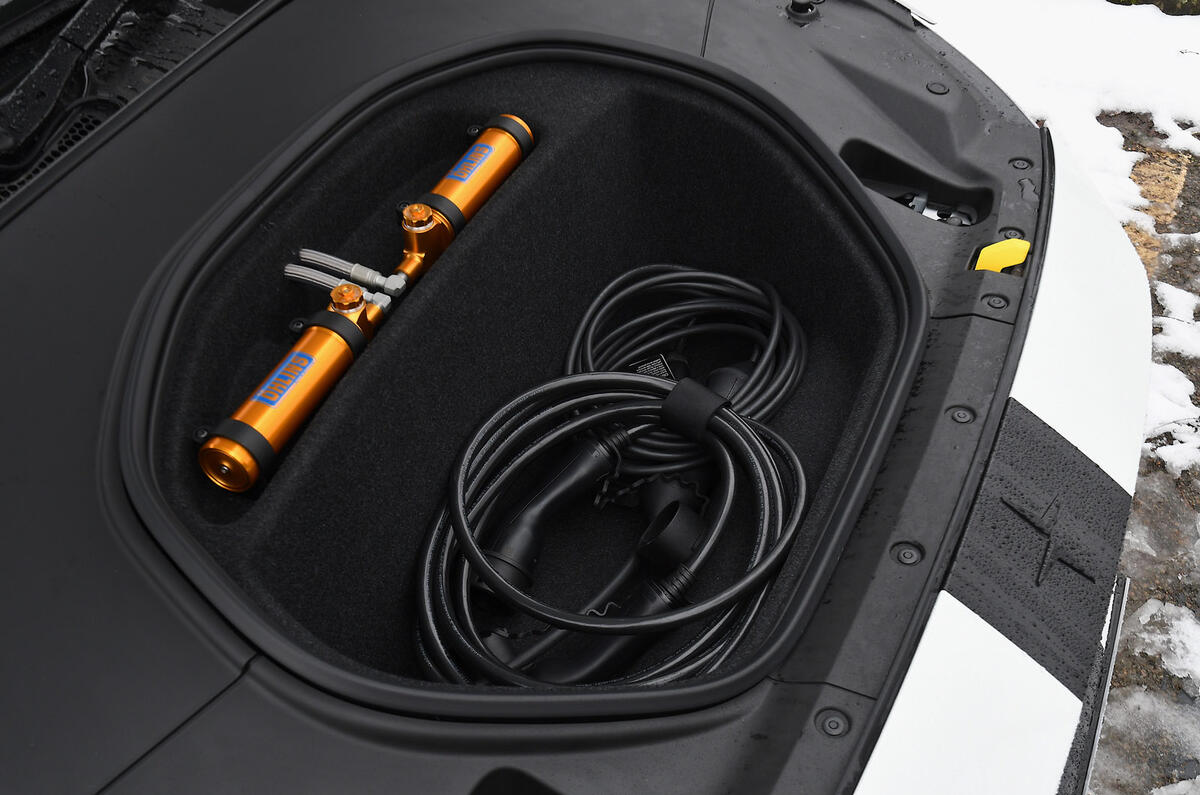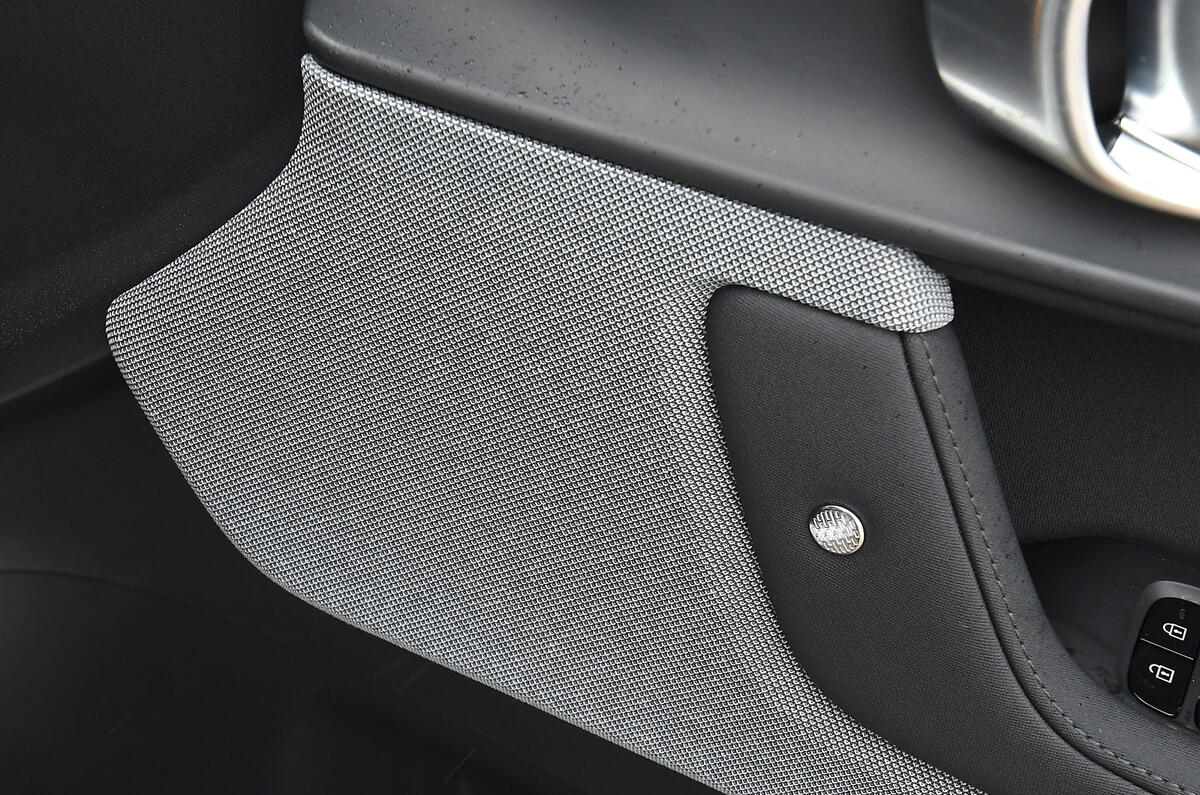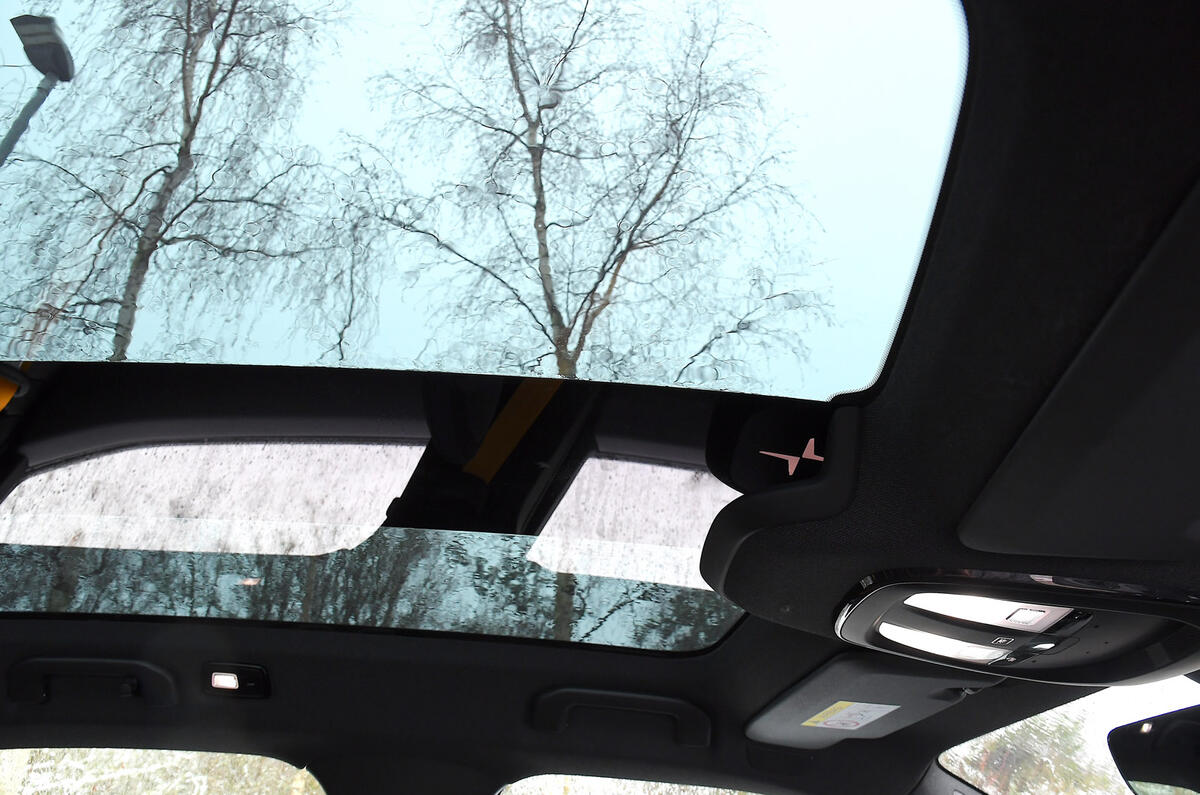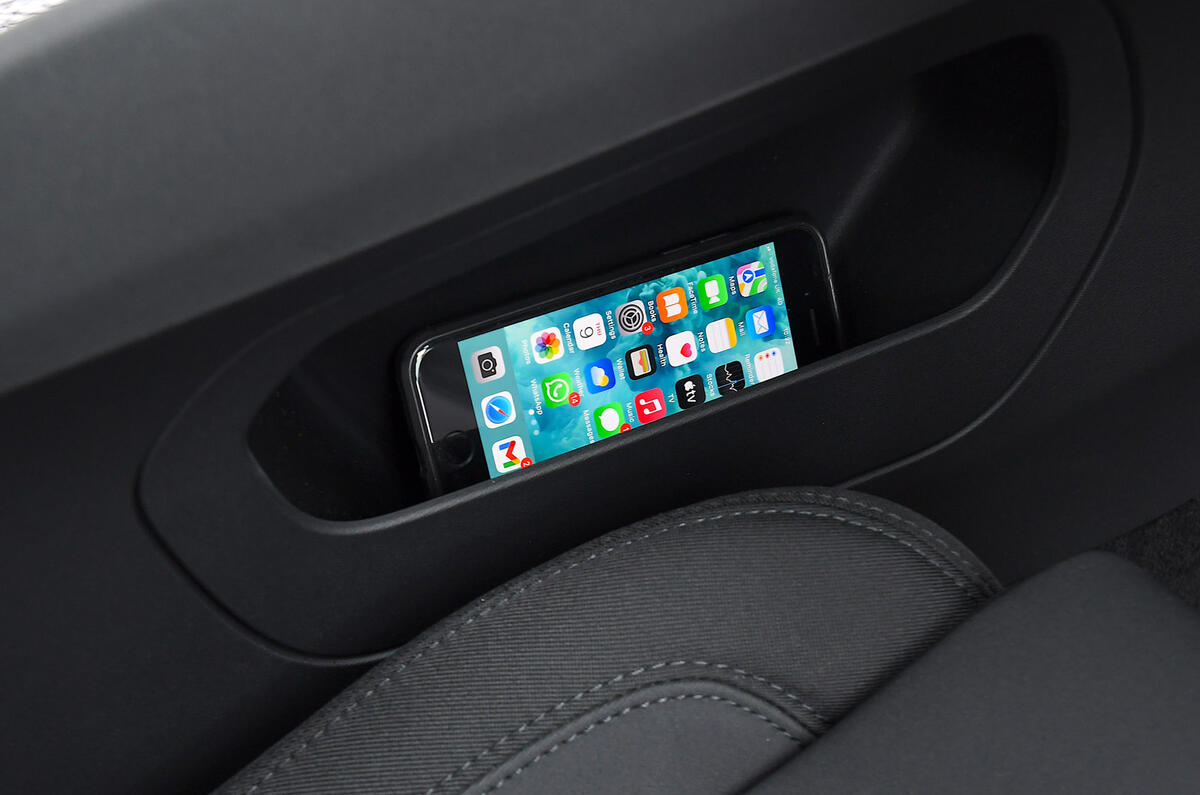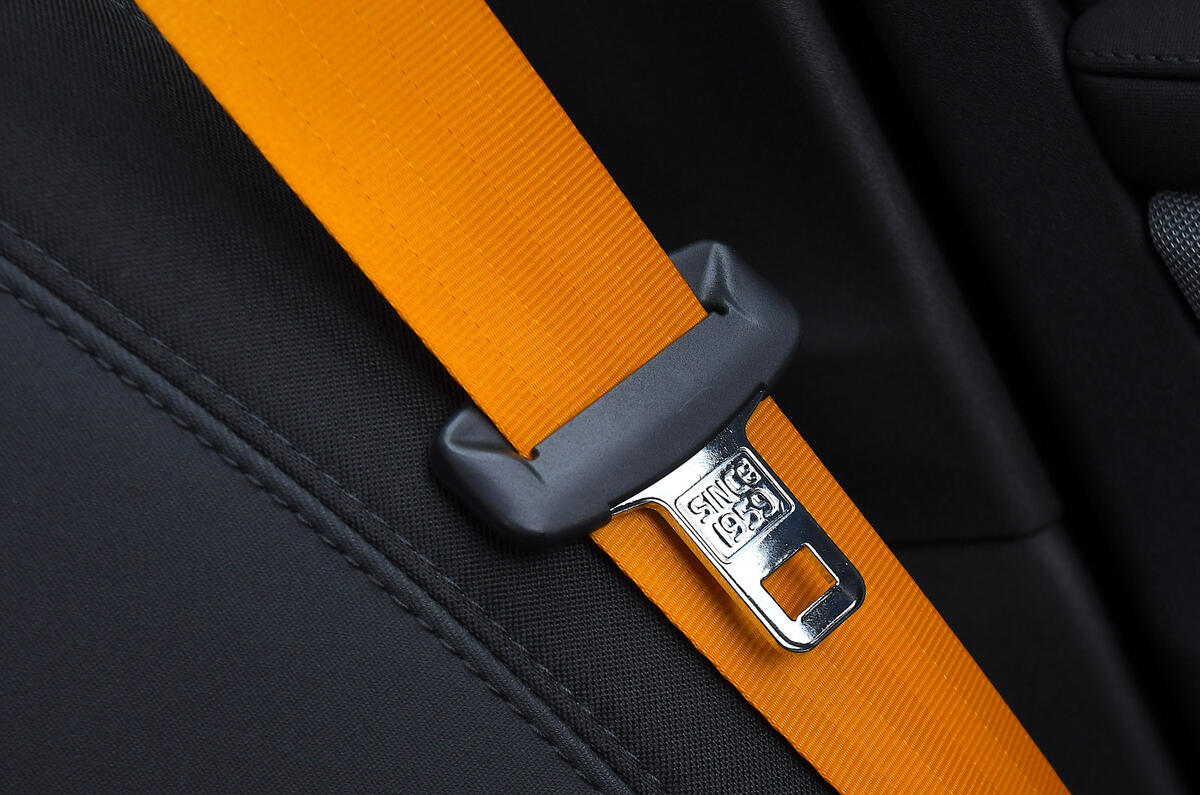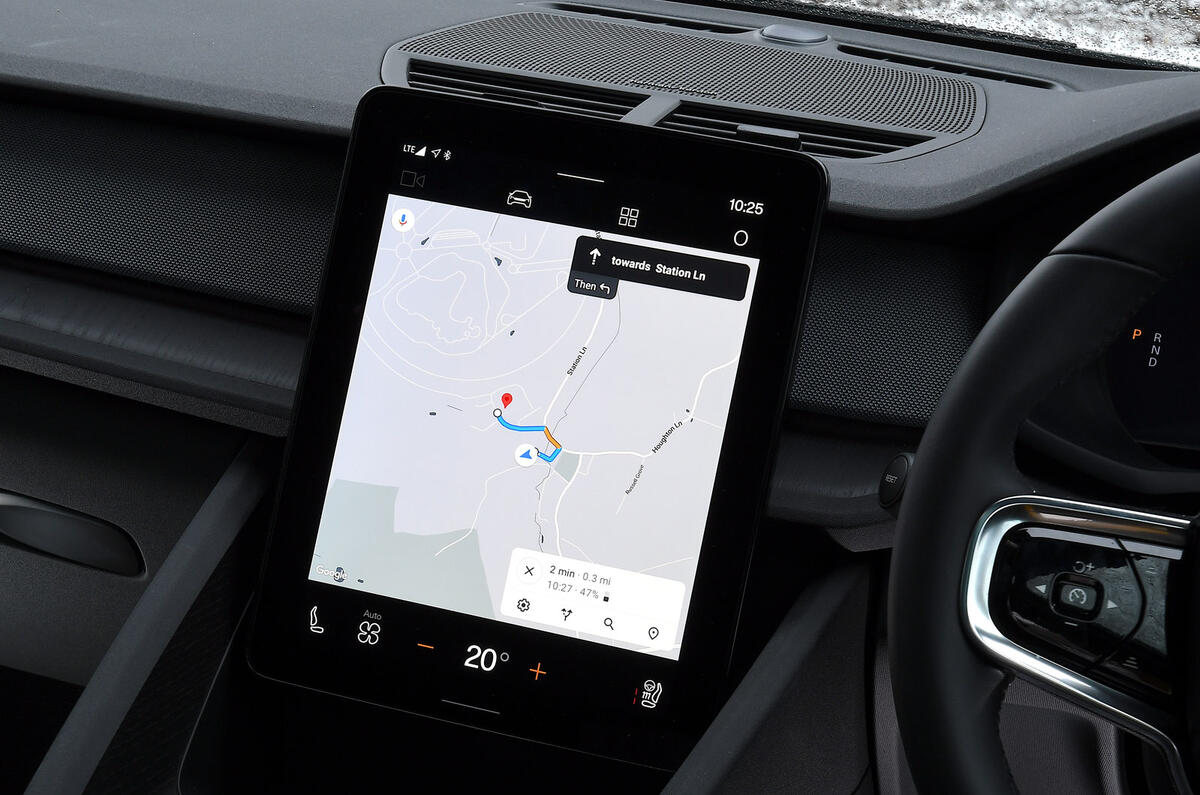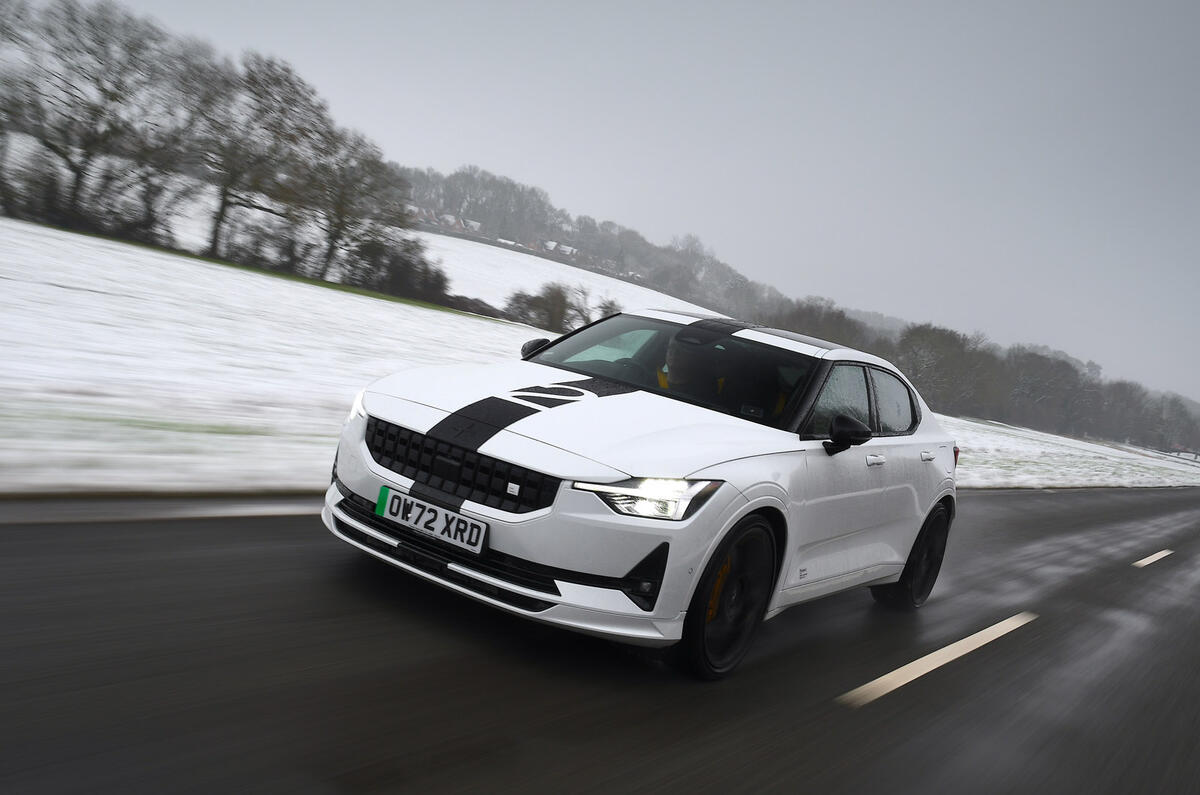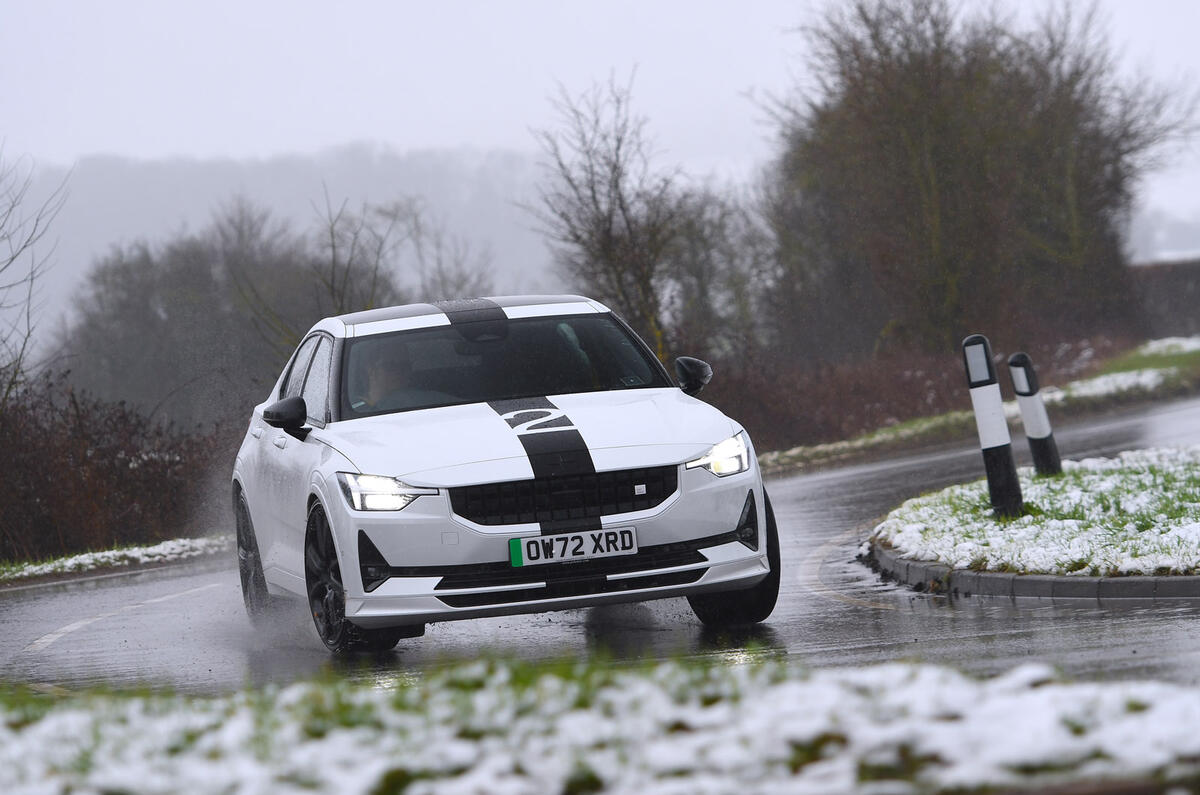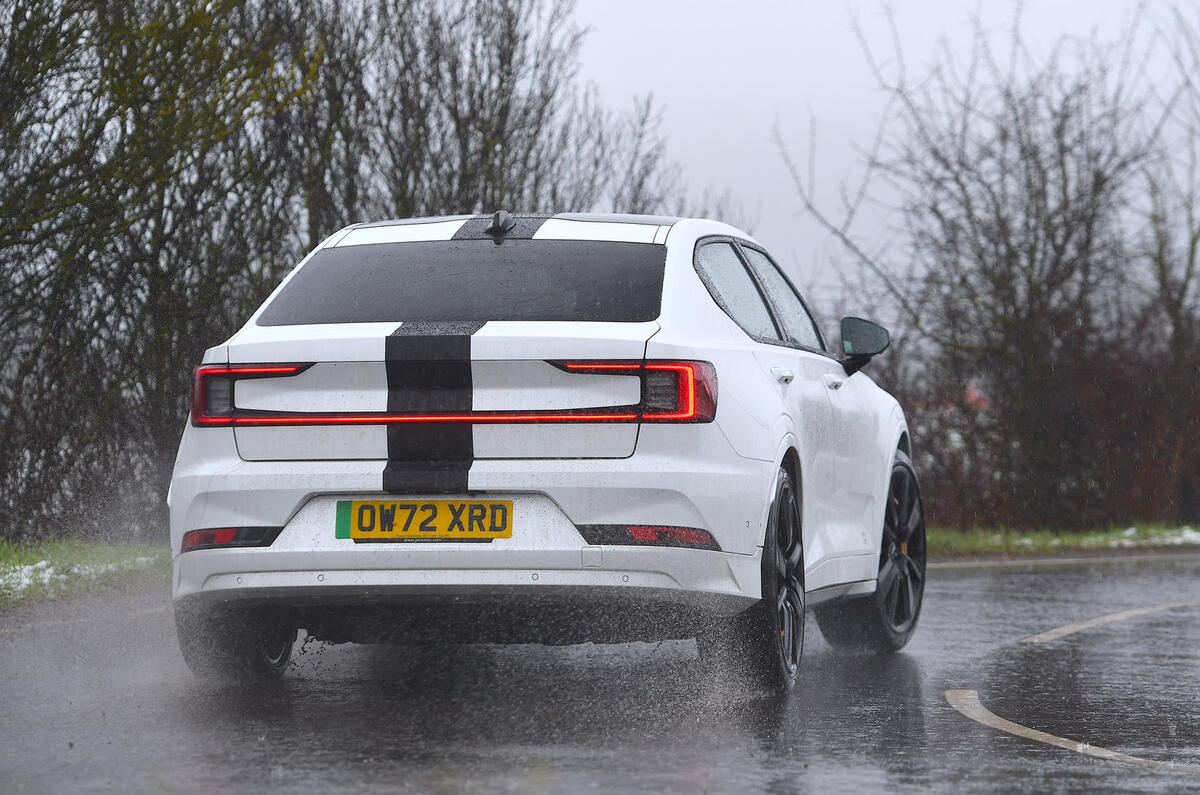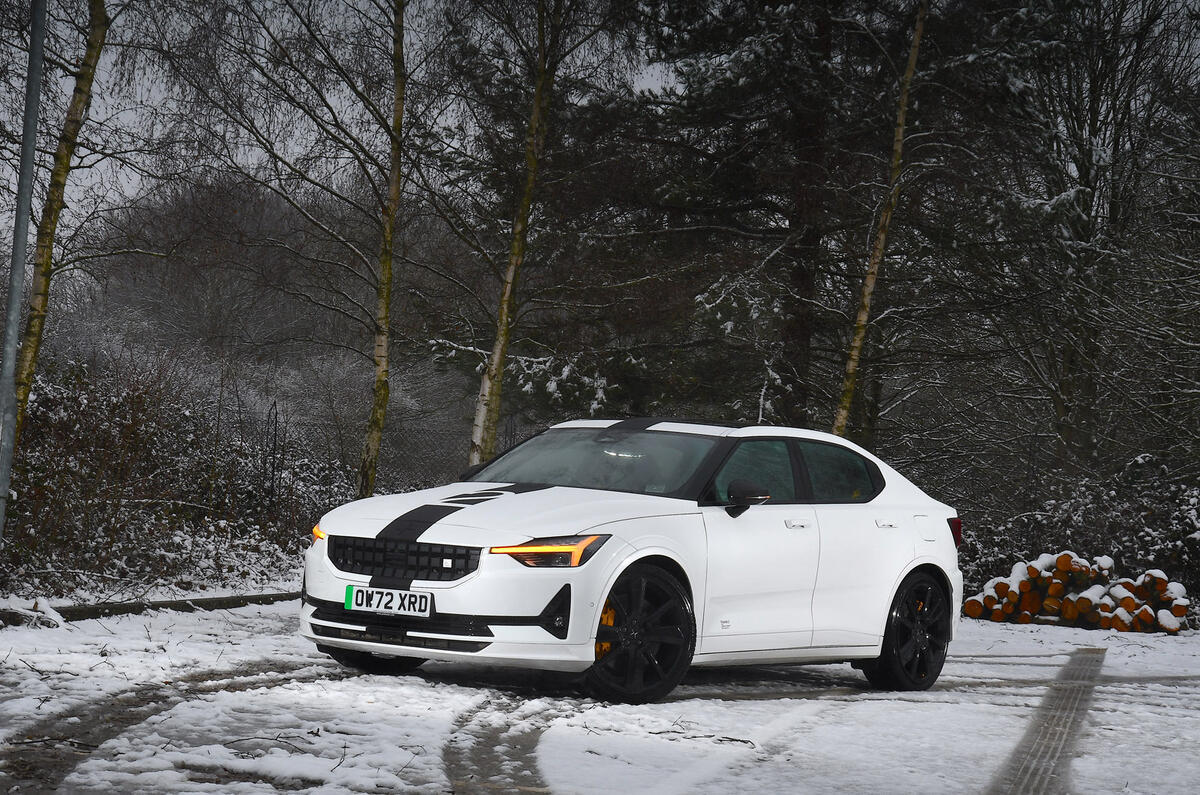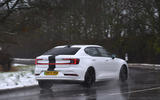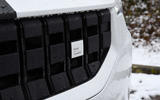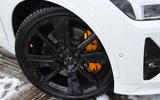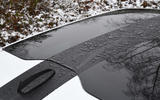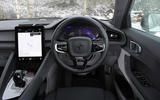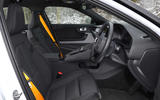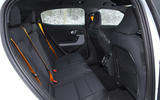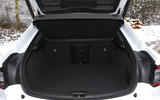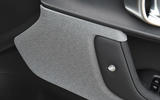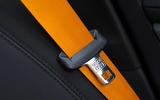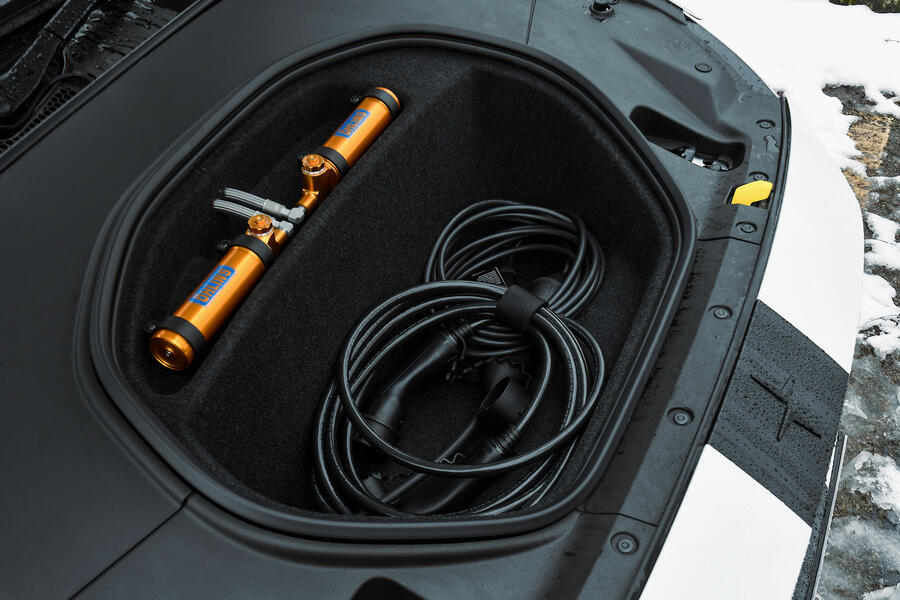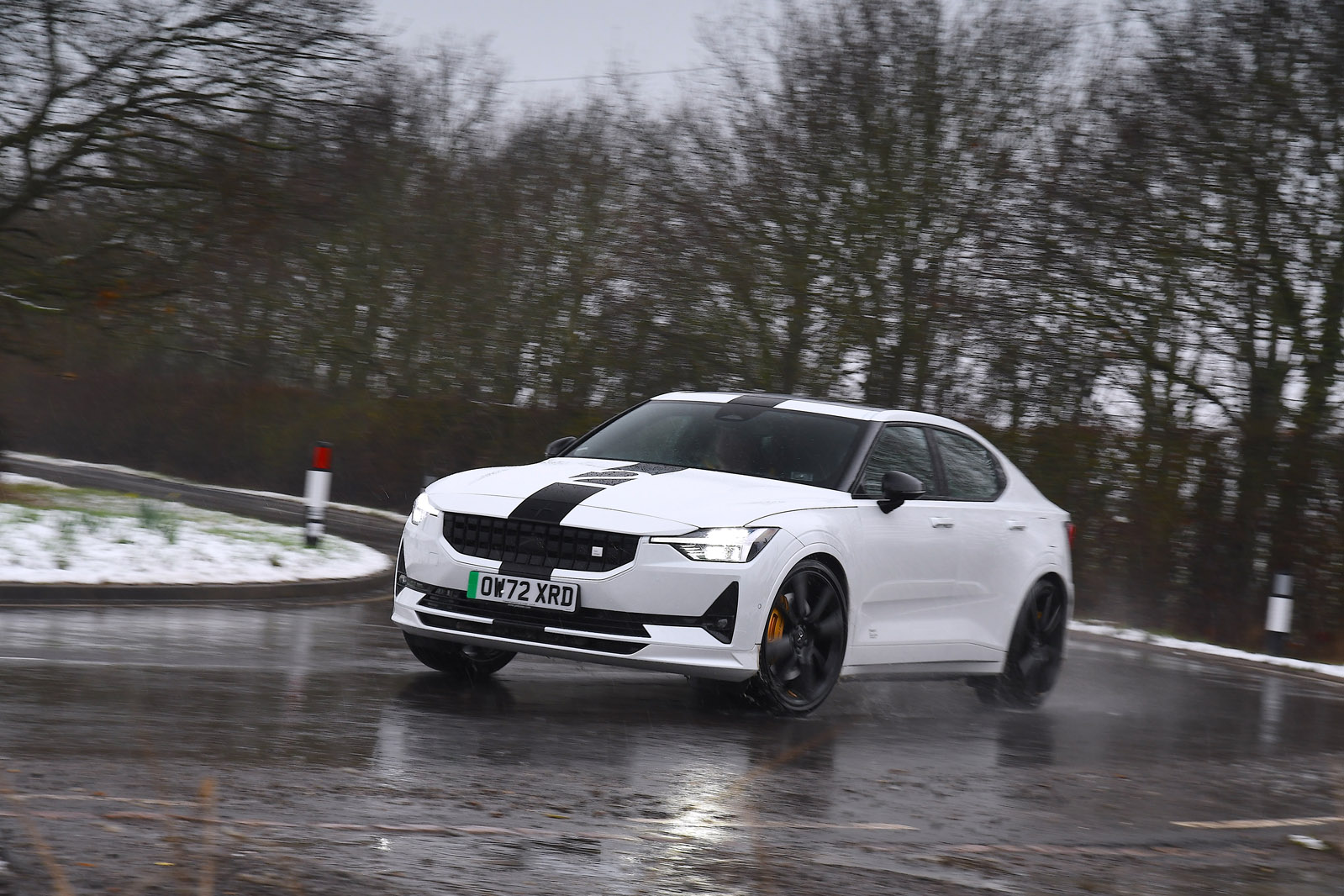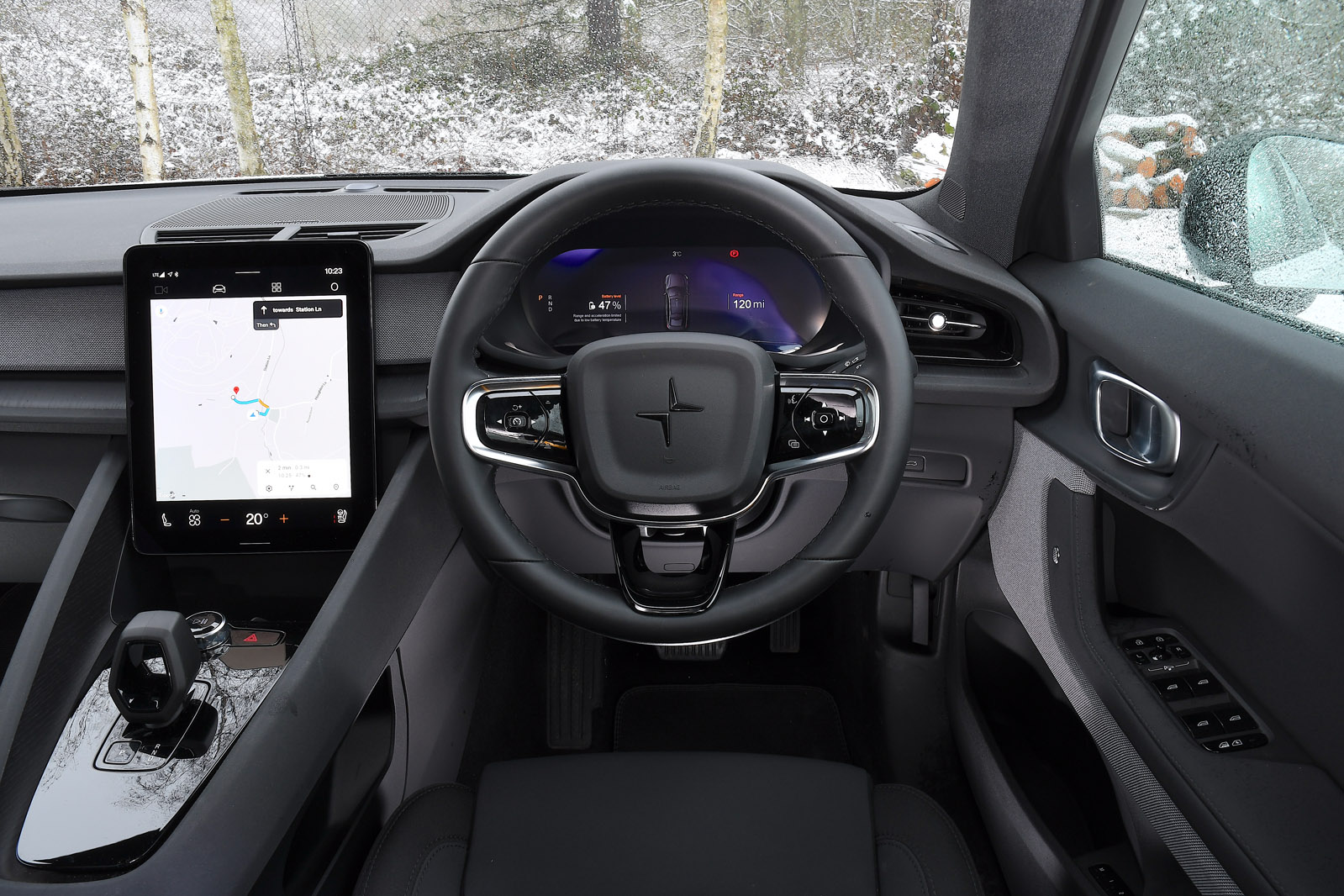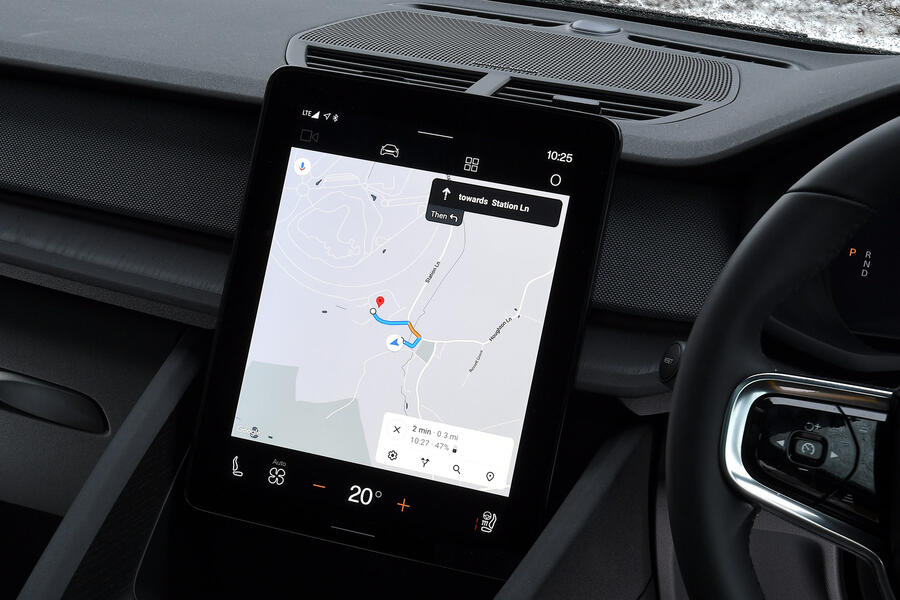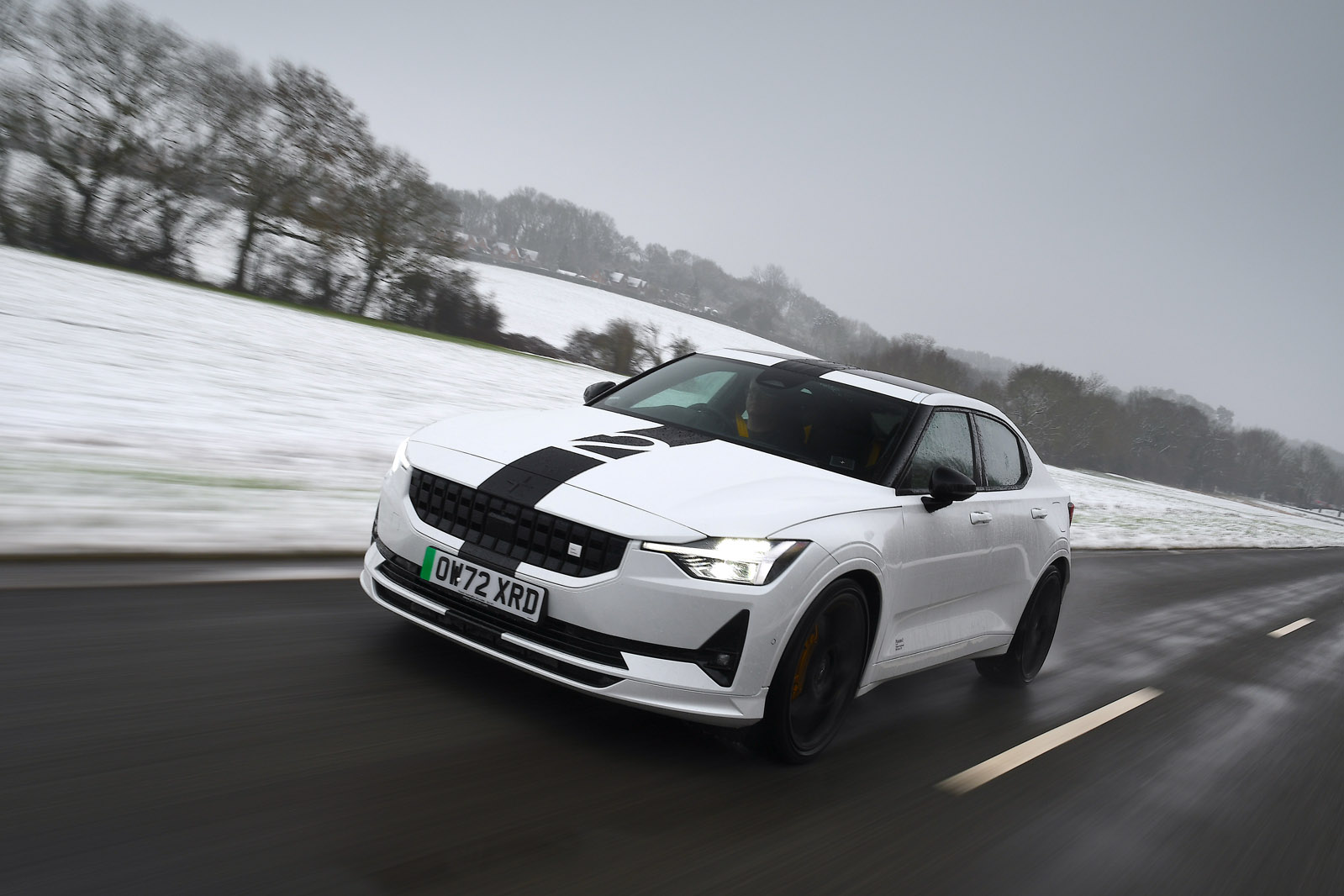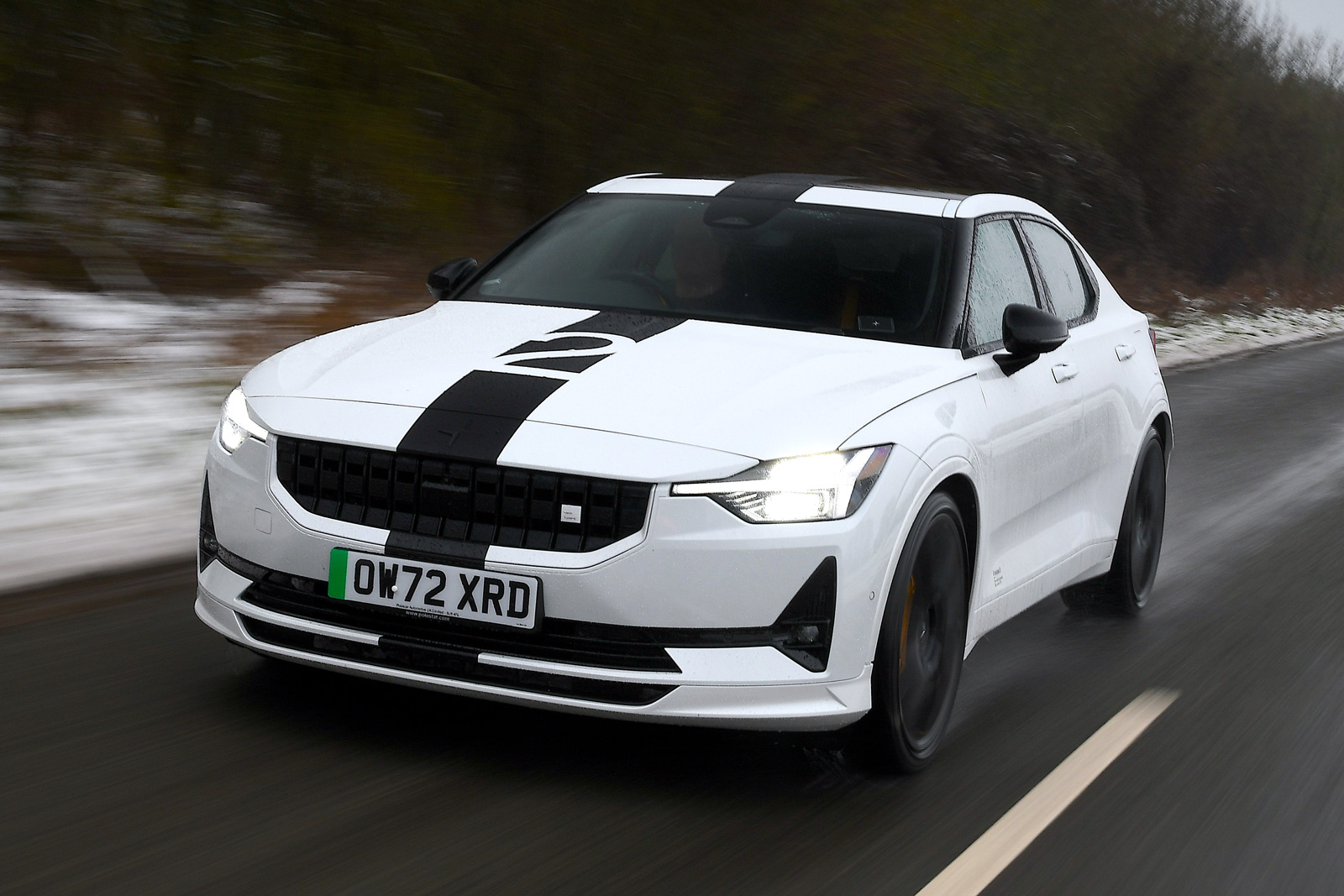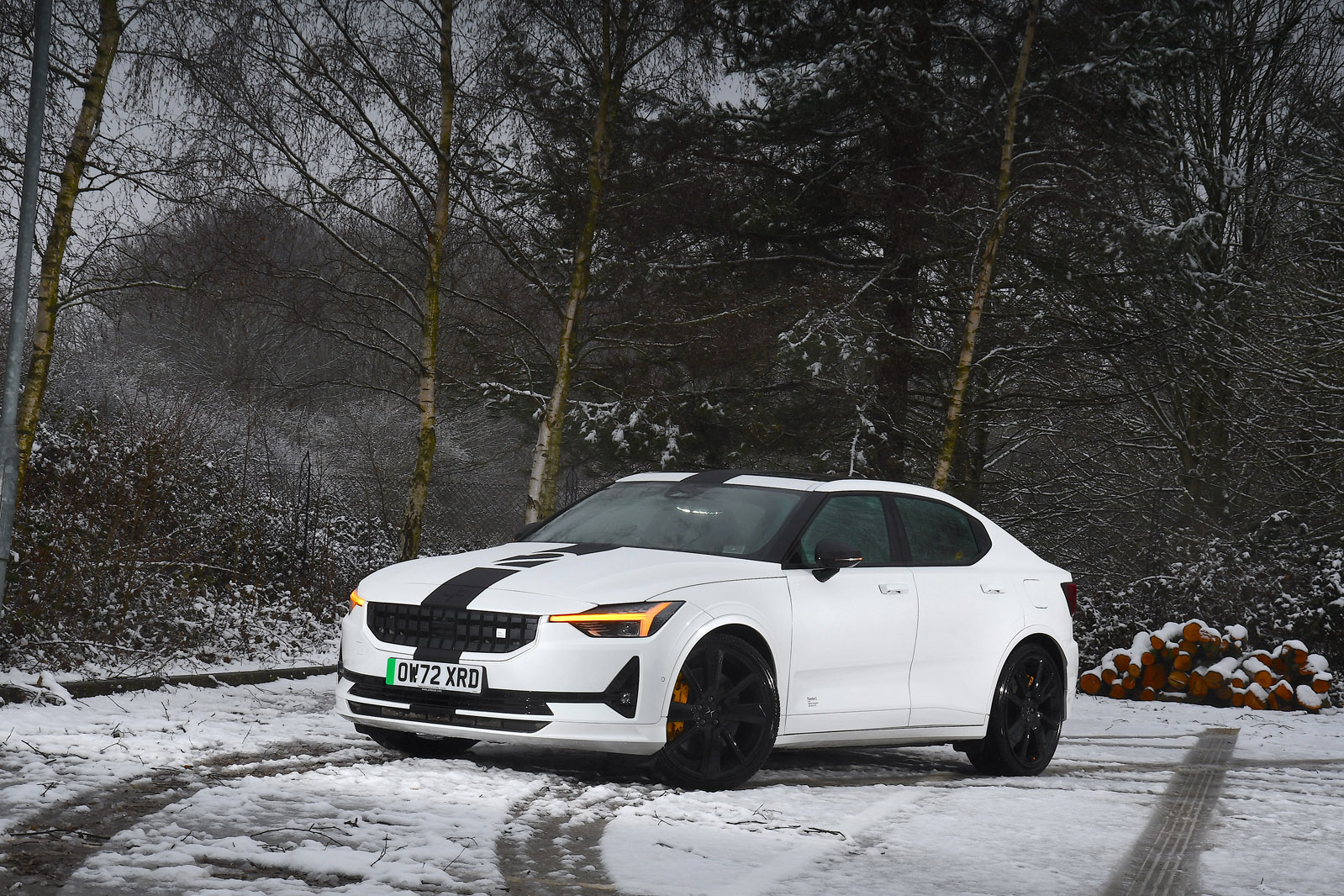Polestar’s chassis reinforcements and suspension revisions do give the BST’s power steering greater weight and tactile feel, particularly if you set it for minimal power assistance. When cornering hard, for instance, you can clearly feel the instant when the front motor asks the outside front wheel to do that little bit too much.
But there’s very little to be gained from feathering off the power and trying to induce the chassis to rotate on a trailing throttle, and nor is there much evidence of any particularly helpful torque vectoring, either front to rear or asymmetrically, to rotate the car with tractive force when driving on.
Perhaps it makes for greater suitability in wintry Scandinavian conditions, or perhaps it’s just the unusually mature dynamic character that Polestar intends for the BST Edition 270, but this car’s chassis is that little bit too inert and aloof to really capture the imagination.
Comfort and isolation
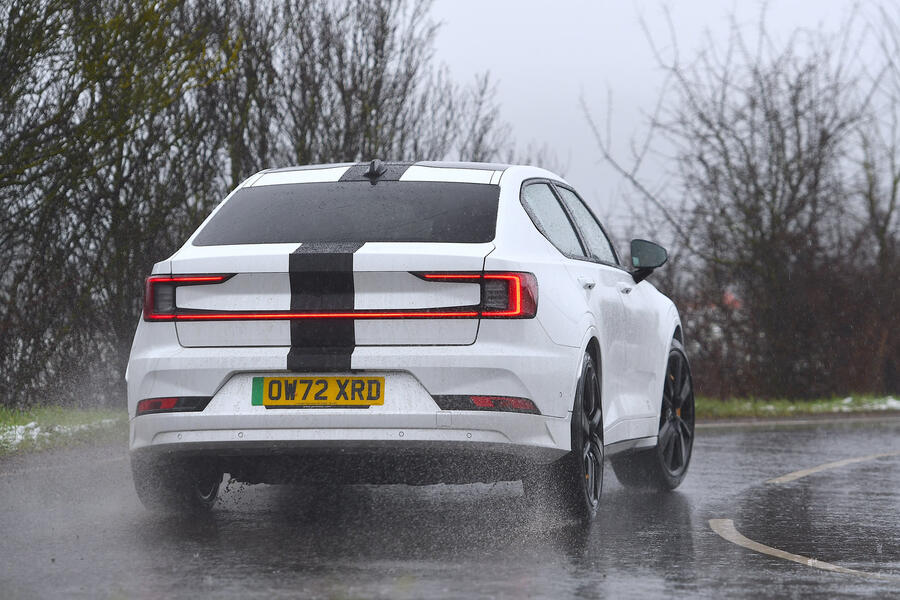
Firming up both chassis and suspension here has made for a very slightly noisier ride than a regular Polestar 2 has, but it’s a marginal and very acceptable trade-off.
As our noise meter had it, the 2 BST Edition 270 was a solitary decibel noisier than the Polestar 2 Long Range Single Motor we tested in 2021 when moving at both 30mph and beyond 70mph but it was no noisier at either 50mph or 70mph (where varying test conditions probably played their part in closing the gap with the lesser model). Compared with an entry-level Porsche Taycan, it’s noisier still on paper, but you wouldn’t call it that from the driver’s seat, which is comfortable over distance and as adjustable as most testers required.
In terms of primary ride comfort, the suspension feels remarkably moderate and deals with most country road inputs as nonchalantly as it does motorway expansion joints. Those expensive dampers make the car’s unsprung mass seem as light as air much of the time, with only the shortest, sharpest intrusions making much of a dent on the car’s ride composure.
The well-tuned Pilot Assist driver aids also boost the car’s longer-distance cruising comfort, on those occasions when you just want to cover distance and don’t care how much you’re engaged in the process. However driver-centric a car’s agenda may be, there are always times when that applies.
Track notes
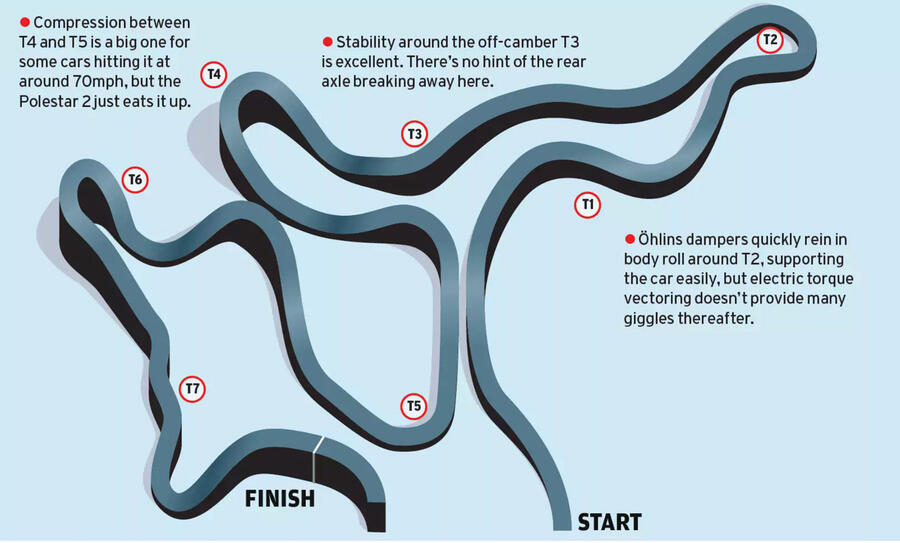
The 2 BST Edition 270 was impressively stable and composed around the Millbrook alpine hill route on a slightly damp day and showed clearly better lateral body control and damping support than a regular Polestar 2 Performance Pack. Just as on the road, though, the car’s ability to entertain by really gripping the asphalt and rotating underneath you when cornering, either on the throttle or off it, is somewhat muted.
Some tuning of the handling is possible courtesy of its Öhlins dampers, of course. But the tuning we would have liked even more would have been to the on-throttle torque vectoring, which feels quite conservative, and to its electronic stability controls, which can’t be fully deactivated.
Simply feeding torque to the rear motor first might give this car the accessible cornering poise it’s missing. Perhaps we will have to wait for the updated Polestar 2 for that.


